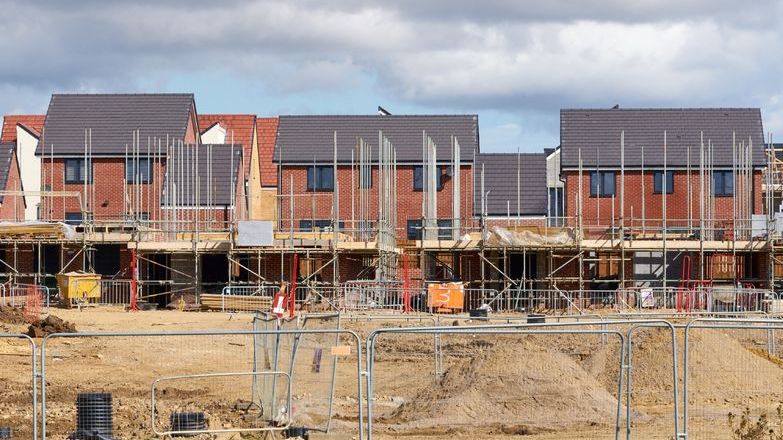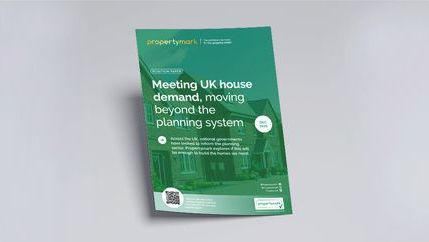
New homes built
Official data for April to June 2025 shows a 19% decrease in completions when compared to the same quarter of 2024. However, new build starts in the same period were up 16% on the previous year.
MCLHG estimate that around 230,000 net additional homes have been delivered since the start of the current parliament.
The figures reveal wide variations across the country.
London recorded the largest annual decrease in building starts, with a whopping 54% decrease from the previous year. However, in stark comparison, across the East Midlands, the number increased by 60%. The disparities in the figures across regions reinforce the importance of consistent investment and planning reform to ensure all housing needs are met.
What this means for property agents
The implications for our members are clear: demand for homes continues to outstrip supply, particularly in the private rented sector. Our research shows there are a third fewer homes available to rent compared to the pre-pandemic period, creating fierce competition for properties. This is borne out by our July 2025 Housing Insight Report, which records six applicants chasing every rental property.
Planning delays compound this shortage and reflect the strain on local authority departments. Agents advising on new developments or transactions linked to planned sites face additional challenges as backlogs build up.
Barriers stop planning activity from translating into supply
Between April and June 2025, local planning authorities received 5% fewer applications than in the same quarter in 2024. 8% fewer residential applications were granted in this period, compared to the previous year. Propertymark outlined in October 2024 that key barriers to new home delivery risk missing the mark unless they address land availability, funding, and the skills capacity of planning teams, alongside legislative change.
At the same time, councils called for greater support to ensure they can resource planning departments effectively and secure the affordable homes communities need.
Action is urgently needed to increase the supply of all types of housing and improve affordability for tenants and buyers. We welcome recent UK Government commitments to boost investment in affordable homes, such as the £3.9 billion pledged in the June 2025 Spending Review and measures outlined in the 2024 Autumn Budget. However, Propertymark has consistently warned that headline housing targets will remain out of reach without long-term reform.
Streamlined planning processes must retain local flexibility
The Ministry for Housing, Communities and Local Government (MHCLG) has launched a technical consultation on reforming planning committees in England. The proposals could lead to significant changes in how planning decisions are made locally. Propertymark has responded on behalf of our members to ensure the voice of the property sector is heard, and we also encourage individuals to add their views.
Legislation for an era of building
The much-anticipated Planning and Infrastructure Bill is currently at Report Stage in the House of Lords. It contains measures to modernise the UK's planning system and promote rapid housing development, raising hopes for a more dynamic property landscape with new opportunities for professional agents.
Meeting developers and housebuilders on 12 September 2025, the Housing Secretary committed to unleashing ‘one of the biggest eras of building in our country’s history’ by breaking down the barriers to development and backing the builders to deliver.
These reforms must ensure a diverse mix of properties is delivered in the right areas at the right time, and that local councils have the capacity and resources needed to build additional new homes. Local knowledge must be utilised effectively, and local democracy must be fully considered and enhanced for planning decisions.
Bold Planning and Infrastructure Bill could present opportunities for the property sector
The Bill aims to modernise the UK's planning system, promoting rapid housing development and infrastructure while balancing environmental sustainability. Members should prepare for a dynamic landscape with new opportunities and responsibilities as these reforms take effect, offering new avenues for growth while necessitating adaptability to regulatory changes and a commitment to sustainable development.







